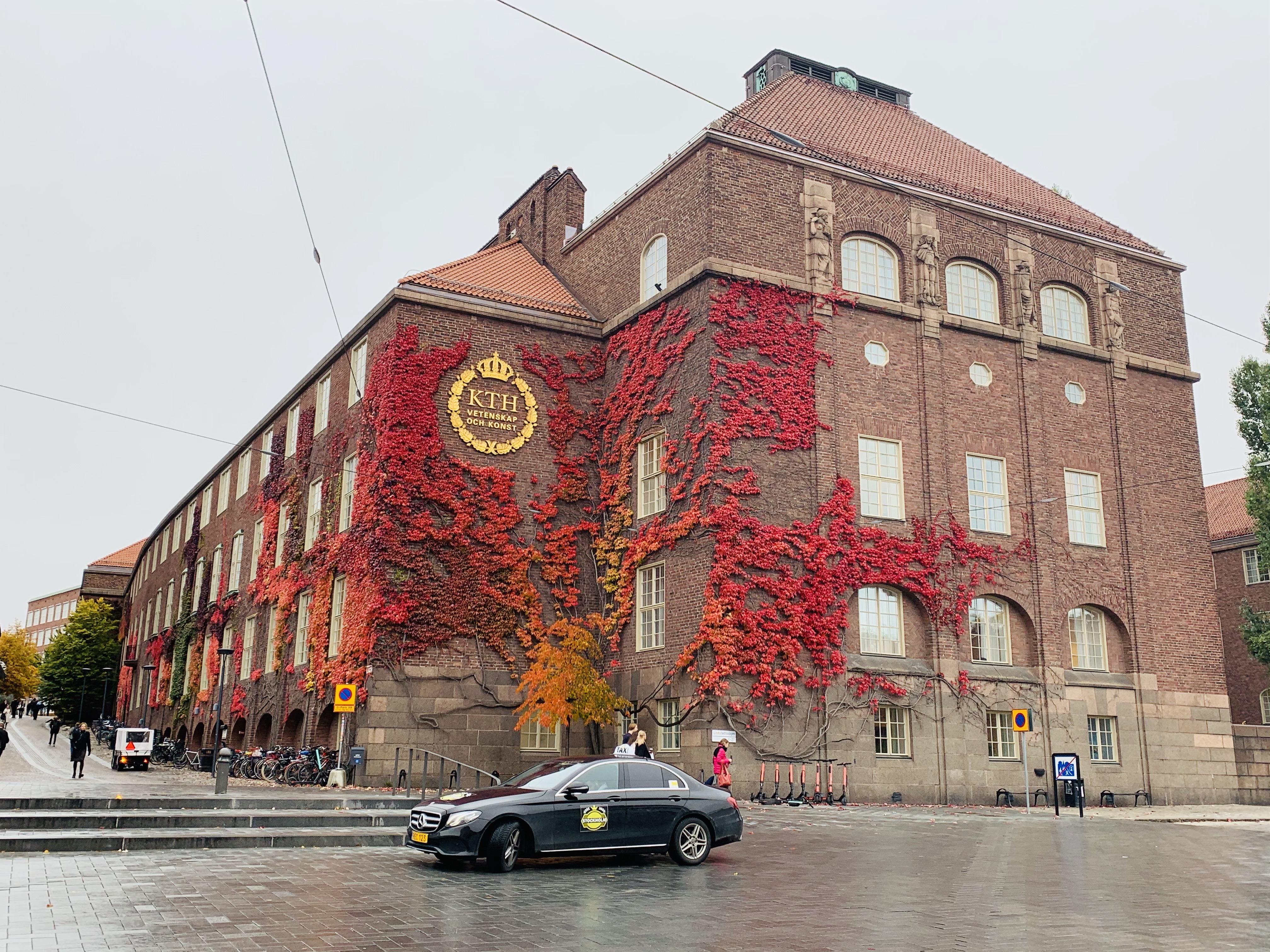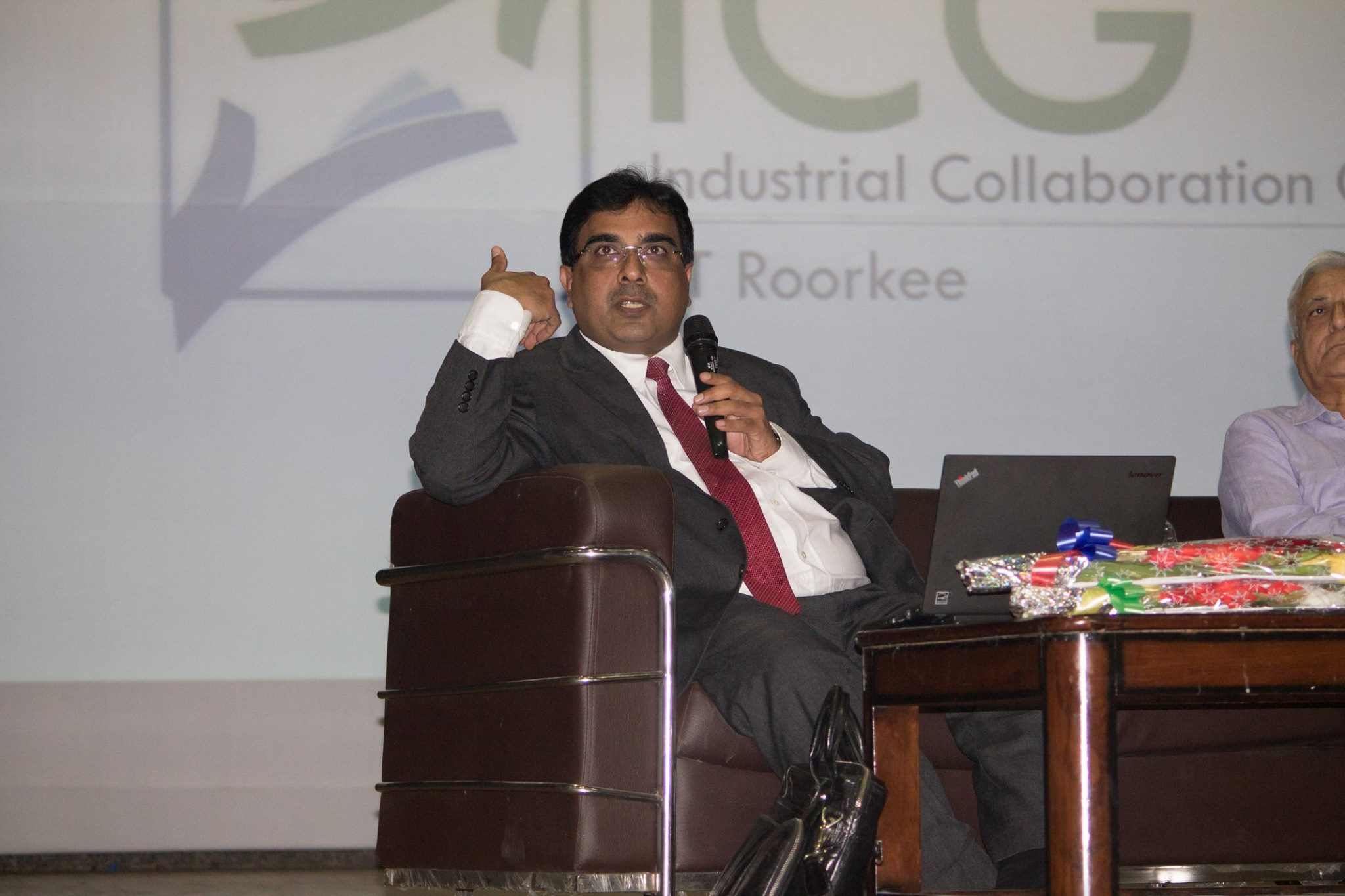

Body of IITR

An engineer himself, Dr. Chanana serves as a government advisor on e-governance, business process reengineering, consulting and capacity building. Having worked with giants in the industry including the likes of IBM and SAP, he expounds on how potential collaborations of industry and academia can offer a goldmine of opportunities for engineering grads.
In common parlance, can you explain to us what e-governance is and how it influences our lives?
Dr. Chanana – Simply stated, e-governance can be described as use of information and communication technologies to deliver government services with a view to enhance efficiency, effectiveness and transparency. The end goal of such online service delivery to improve government-citizen interactions leading to more participative governance. In terms of influence on a citizen’s life, e-governance application offer huge transformational potential for an inclusive development. Take the example of passports – from a 45 days issuance cycle, it has been brought down to a 3-4 days. You can track the status anytime. Similarly, a farmer in rural India can have instant access to soil data, expertise on improving yield in his field and mandi rates etc. The potential is huge. Mygov is another classical example of providing a platform for inclusive citizen participation. And the recent development on demonetization coupled with the push to digital payments has provided the much desired impetus towards incentivisation of e-services.
How did e-governance suddenly become an area of academic and practitioner interest?
Dr. Chanana –There are two three reasons for the sudden increase in interest level of both academia and practitioners. One, the holistic packaging of initiatives by the current Government in terms of well-defined programs such as “Digital India’, ‘Smart Cities’, ‘Make in India’ etc. This has provided the required direction and unified objective oriented push to digital agenda. Second, the fast paced developments in technology coupled with affordable acquisition and usage models such as cloud have opened up a canvas of new form of applications which could lead to transformed government processes. The third area that is more of an offshoot of the first that I mentioned above is the unsaid competitive environment that has been created among state governments and even central Ministries. Given the high level of visibility and potential impact of IT interventions in Government from social, economic and political aspects, all governments are taking steps to ensure that they are not left behind. So to summarize, the three factors for e-governance to become an area of increased interest levels are (a) the programmatic approach and the new models for management of these programs (b) the rapid advances in technology specifically for government services and (c) the socio-technical approaches required to leapfrog in this areas.
How can e-governance be of interest to students?
Dr. Chanana – When it comes to students, I feel that there can be three broad areas: a career in e-governance; entrepreneurship; and research. This is besides their normal expectations as citizens. From a career perspective, e-governance offers huge opportunities both in technology as well as management space. The sheer size and complexity of e-governance projects (e.g. rail reservations, income tax etc.) offer great learning potential for both technology and management oriented minds. Consulting in e-governance is another career option. The world of tech startups and creation of productized solutions for e-gov is another area that may be of interest. Students willing to take up research can do so in a variety of areas in e-gov e.g. mobility, cyber security, digital payments etc.
What is your take on the role of industries in pushing academia towards research?
Dr. Chanana – I won’t say that one stakeholder group pushes other to do something. It is always a collaborative effort. Industry academia collaboration in creating an environment of actionable research is a much talked about area (though I am not sure about the actual level of its success). The contribution from industry can come in a variety of forms including identification of real life problem statements, joint projects, curriculum development etc. Joint training, management development programs and capacity building is another area of common interest. Knowledge sharing on success and failures of research projects could be another area for collaboration.
In USA, companies tend to allot projects to students via professors. If these projects prove successful then many-a-times they are taken up by the students as their PhD programs with funding given by the companies. Why don’t we get to hear of such opportunities in India?
Dr. Chanana – If one observes closely, some form of this exists in our system too. Take the example of numerous centers of excellence set up jointly by industry and institutes. These centers do work on creating prototypes which can be taken up for rapid development and deployment by industry. One may argue on the qualitative success of such models but intent and plan of execution do exist.
What is the industry’s stand on the current education system offering enough in terms of practical exposure to students?
Dr. Chanana – One has to be mindful that in academia, the priority is to ensure that students get an effective conceptual learning which can be supplemented by industry experiences from a practical exposure standpoint. This can be achieved by industry involvement in curriculum design so that the inclusion of relevant concepts which are close to industry expectations can be achieved. Also, getting industry professionals as faculty may help both sides. Though, I must say, it sounds easier than it actually is.
What is your message to the students of IITR?
Dr. Chanana – Take pride in yourself and be proud of your capabilities. Don’t be in a hurry. Think of your long term career and not the job alone. Focus on acquiring technical and soft skills in the first few years and the paths for your professional journey will automatically open up. And one last thing – never forget your institute, your teachers and mentors.
The article features in our Autumn’16 print issue. The issue’s Cover Story delves into the roadblocks to having a truly meritocratic election at IITR and the two big stories analyse IITR’s security and expound on the limited academic flexibility offered at Roorkee. To read our previous issues visit: https://issuu.com/wona-iitr